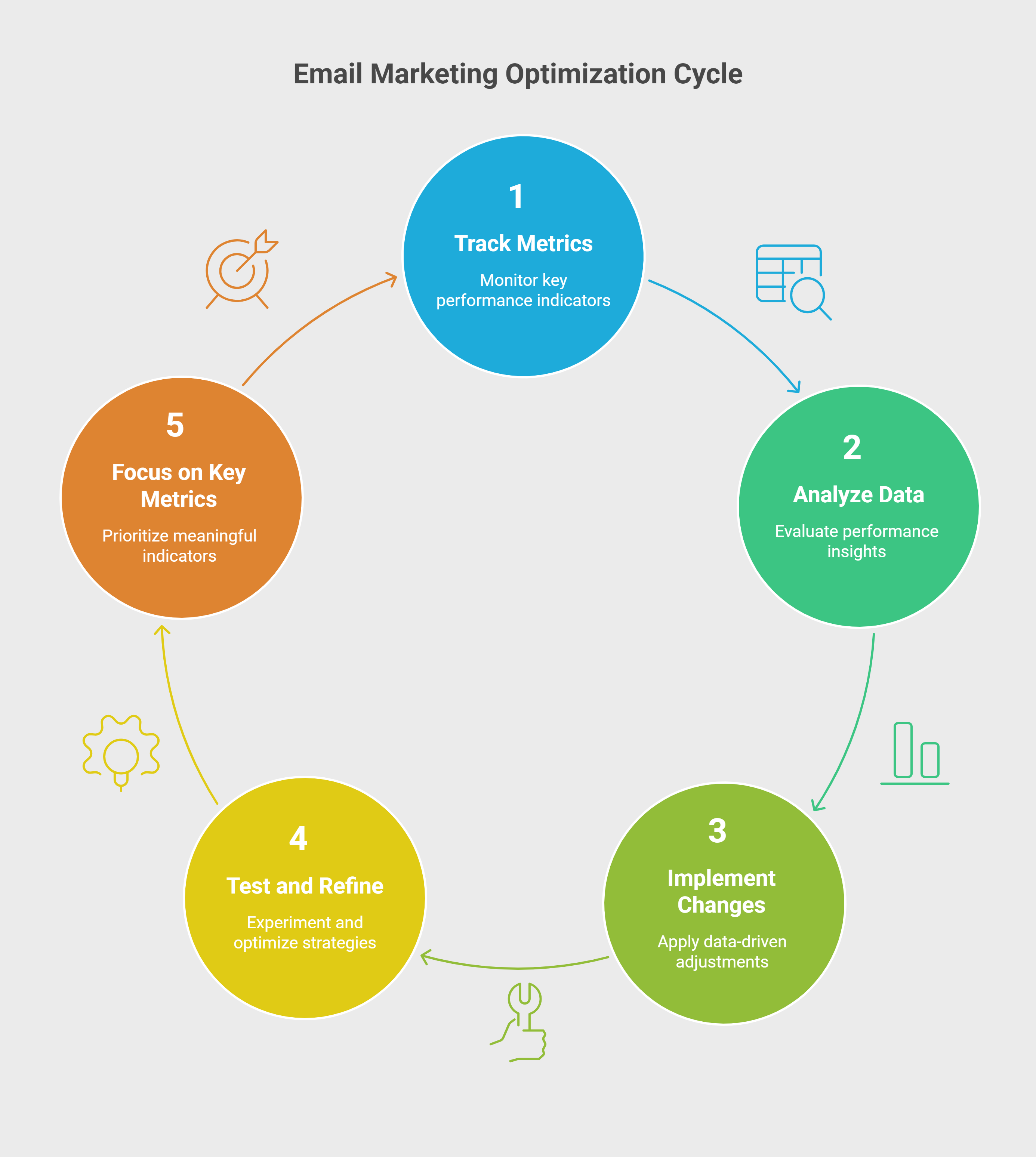Imagine sending out a bunch of carrier pigeons with your marketing messages—you’d definitely want to know how many made it, right? Email marketing works the same way. It’s not just about hitting “send”; it’s about knowing what’s working and what’s not.
That’s where tracking the right metrics comes in. Let’s break down the key numbers you should be watching to make sure your emails are landing, resonating, and driving real results.
Exploring a career in Digital Marketing? Apply Now!
Beyond the Open Rate: Measuring Engagement
Many marketers fixate on open rates. While it's tempting to celebrate a high open rate, it doesn’t tell the whole story. A compelling subject line gets opens, but what happens after?
That's where click-through rate (CTR) comes in. CTR measures how many people clicked on a link within your email. This tells you how engaging your content truly is.
For instance, a 10% CTR on a product launch email suggests genuine interest. A low CTR? Time to revamp your email copy and calls to action.
Another crucial metric is conversion rate. This tracks how many recipients completed a desired action, like making a purchase or signing up for a webinar.
A strong conversion rate signifies a successful campaign, directly impacting your bottom line. A high CTR but low conversion rate? Examine your landing pages and sales funnel for friction points.
The Unsung Heroes: Deliverability and List Health
Ever send an email that vanished into the digital ether? That's a deliverability issue. Your emails need to reach inboxes, not spam folders, to be effective.
Monitor your bounce rate – the percentage of emails that weren't delivered. A high bounce rate signals problems with your email list, like invalid addresses.
Another vital metric is unsubscribe rate. Some unsubscribes are natural, but a sudden spike suggests your content isn’t resonating with your audience. Consider segmenting your list and tailoring your messages.
List growth is a positive indicator. A steadily growing list shows that your lead generation efforts are working. But remember, quality trumps quantity. A smaller, engaged list is more valuable than a large, inactive one.
Putting it All Together: Analyzing and Improving
Tracking these metrics isn't just about collecting numbers. It's about using data to improve your email marketing strategy. Regularly analyze your metrics to understand what’s working and what’s not.
For example, A/B testing subject lines can significantly impact your open rates. Experiment with different calls to action to improve your click-through and conversion rates.
If your deliverability is suffering, clean your email list by removing inactive subscribers and verifying email addresses.

Remember, email marketing is an ongoing process. Continuously analyzing and refining your campaigns based on data is the key to success.
So, shift your focus from vanity metrics like open rates to more meaningful indicators like click-through rate, conversion rate, and deliverability. These are the metrics that truly drive results.
By focusing on these key metrics, you can transform your email marketing from a shot in the dark to a targeted, high-performing strategy.
Dreaming of a Digital Marketing Career? Start with Digital Marketing Certificate with Jobaaj Learnings.
















